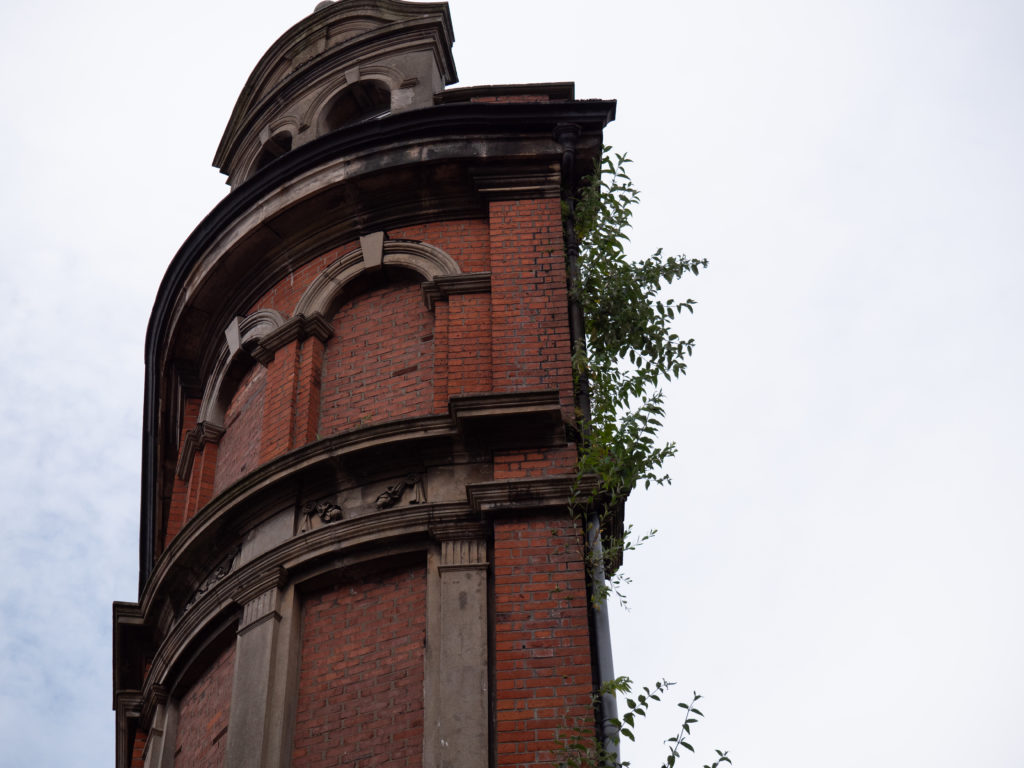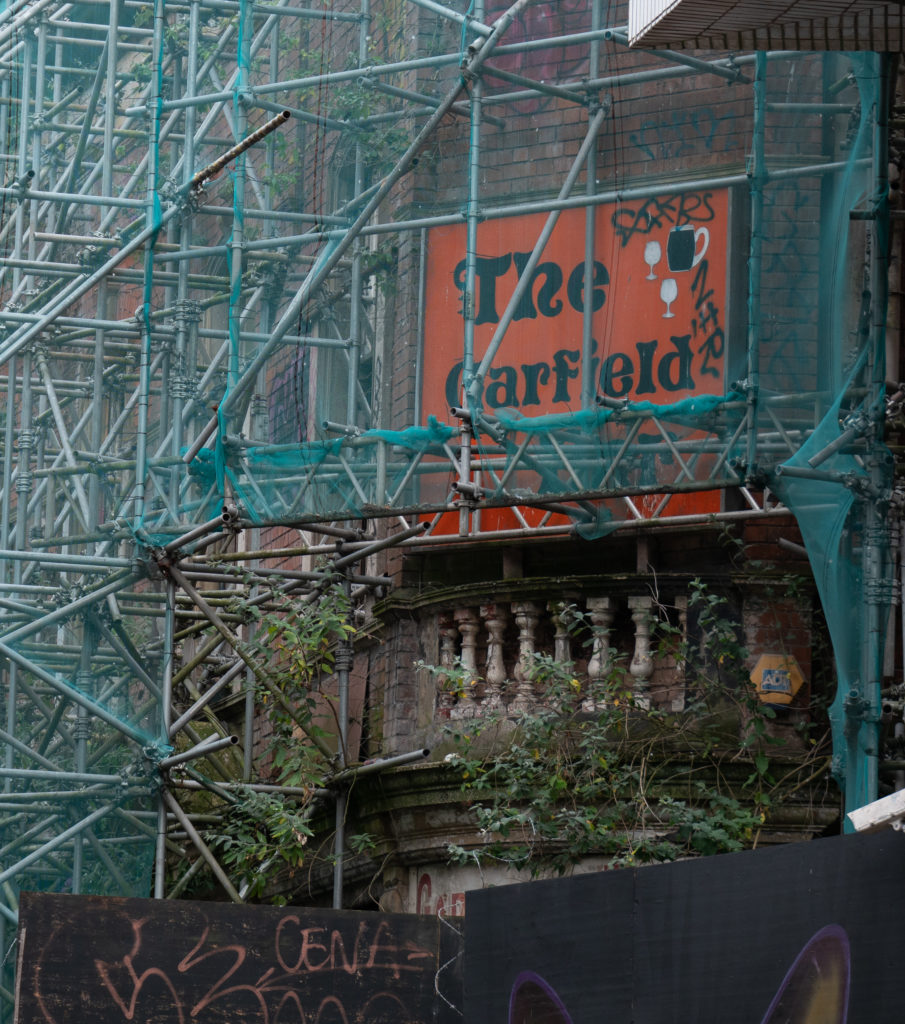Grand visions in Belfast have met with grim reality in the heart of the city
 DOWNTOWN BELFAST
DOWNTOWN BELFASTTHE area didn’t really have a name when I first knew it in my youth. It was just ‘the town’, more specifically the part of Belfast we liked best. The first big attraction was the old Smithfield market, a sheltered, single storey warren, little shops selling things you didn’t get in the corner shop or the high street.
There was the second hand book shop with its most garish covers on display. There was Joe Kavanagh’s I Buy Anything. There was the joke shop that sold whoopee cushions and fake turds.
This was off the upper part of North Street until the IRA destroyed it in the mid 1970s.
They had bombed the lower part of North Street before that, trashing shops fronts on both sides all the way down. That was in the summer of 1972.
More recently, North Street, Donegall Street and the streets around there have been called the Cathedral Quarter, St Anne’s cathedral being the most prominent building there.
This was part of a marketing effort, I suspect, to make it sound like a nice respectable district.
An open space across from the cathedral, is now Writer’s Square. Another bit of deft marketing to associate the area with culture and imagination.
Parts of the Cathedral Quarter are beautiful now and keep something of the character of the old city. First came the artists for the cheap studio and office spaces. Then came the bars and restaurants to serve them and after that came the professionals, the law firms and architects.
That was a kind of natural development that worked in an area that seemed to have little hope.
Many of the old streets, some still cobbled, housed seedy bars where the punks took root, bars that staged strip shows.
I knew it as the newspaper area. All our daily papers were based there, and around newspapers you got bars that journalists mingled in. There was McGlades, The Duke of York, The Front Page.
The Whig had already closed at the start of my career and the building is now a nice bar and restaurant. But I worked at different times on all the other papers. They have all moved out.
There has been a genuine transformation of much of Belfast. The main centre of interest has shifted towards the docks and the river, places you would not have gone to. Du Barry’s, which was the famous bar in which sailors met women who charged for their services is now McHugh’s, a very nice bar and restaurant.
Now a section of that Cathedral Quarter area has been given another name by a developer who has promised to lift it up. They call it, absurdly, Tribeca, borrowing a name from a part of lower Manhattan.
Tribeca, Belfast is bound by three streets, Royal Avenue, Donegall Street and Rosemary Street. That area is now an appalling dump.
Cruise liners come into Belfast harbour and tourists from around the world visit the Titanic Quarter, the grand building in honour of the ship we built but others sank. The joke is, “It was all right when it left here.”
And many of those tourists board buses that whisk them off to the north coast and the Giant’s Causeway. No one tries to persuade them to come to Tribeca, Belfast.
Anna Burns in her Booker winning novel Milkman, describes a grotesque wasteland between the city centre and the residential north. In her novel it is a spooky and dangerous place.
It’s not that bad now, but right in the middle of it is Tribeca, the area on which the developers said they would build marvellous new buildings but have done nothing with.
A recent meeting of the Cathedral Quarter Trust heard ideas for how the area might be revived. A part of the calamity is the decay of historic buildings, like the Assembly building in Waring Street and the Garfield Bar in Lower Garfield Street. Weeds are growing out of the cracks.
 The Garfield
The GarfieldBoth should be part of any historic tour of Belfast.
A consultant to the developer urged us at the meeting to believe that they were at last going to get to work, that theories about them ‘flipping’ the properties was nonsense. Sceptics said that if they were serious they should at least secure the endangered buildings. You don’t need planning permission to fix a roof and replace broken windows.
Across the street from the Garfield, now shielded by scaffolding lest its crumbling facade cause injury, is the Deer’s Head, a prime example of how an old pub can be restored. They do the best pub lunch in Belfast. You can trust me to know that. But imagine trying to impress a partner or client and sitting out at one of the street-side tables on a sunny day with that atrocity spoiling the view.
Malachi O’Doherty’s latest book How To Fix Northern Ireland is published by Atlantic Books

